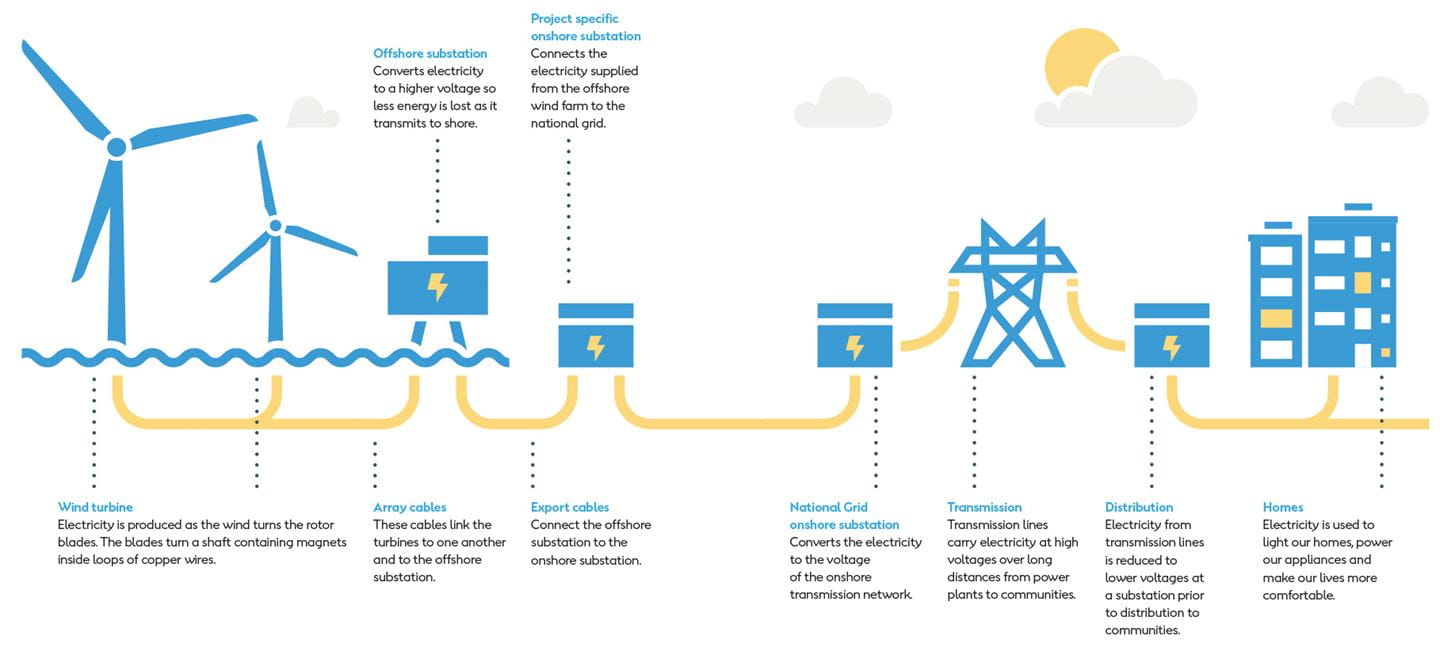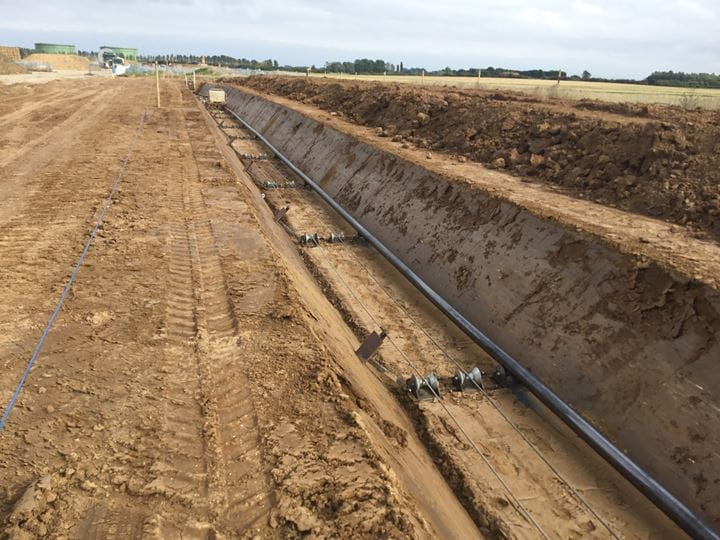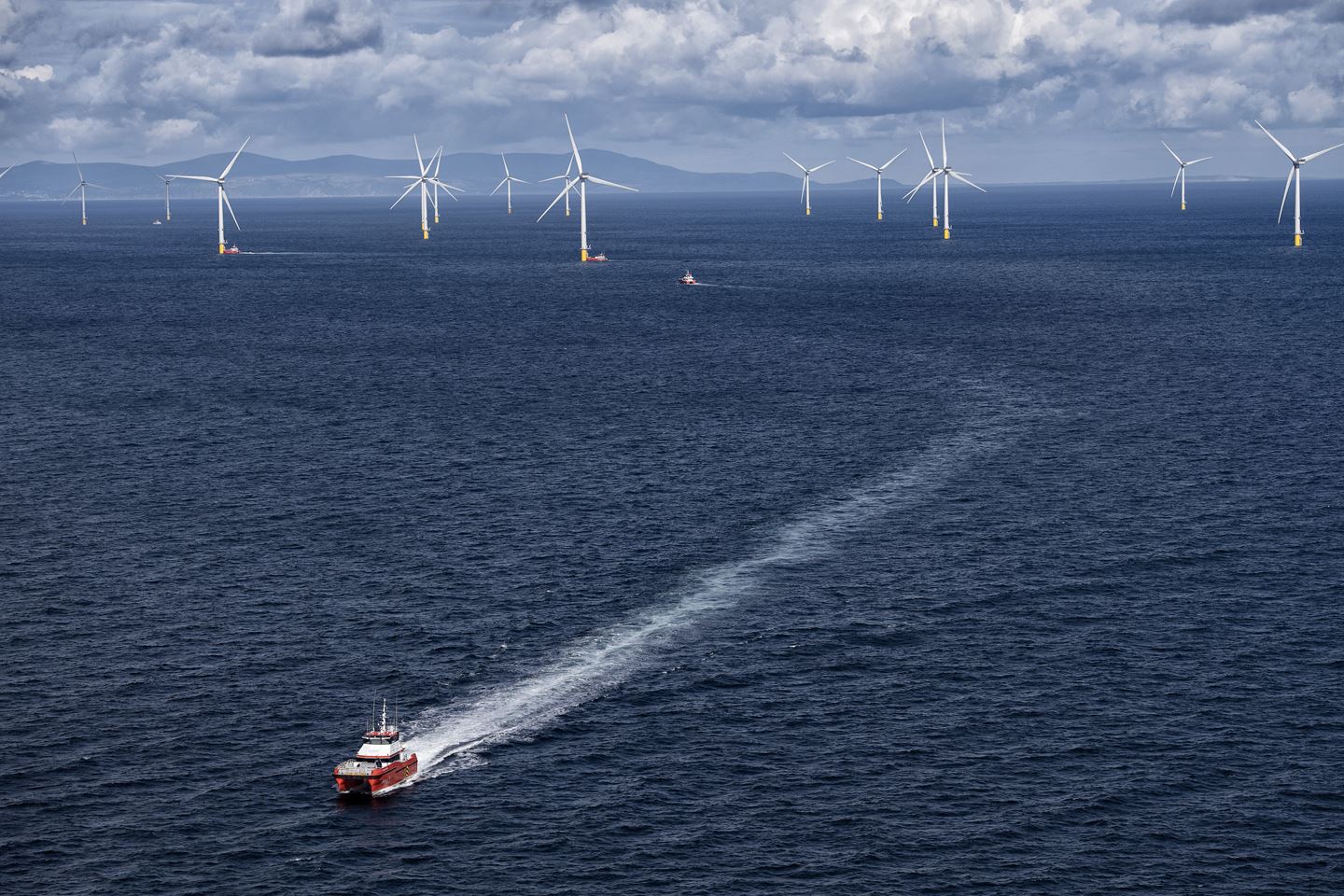Our vision is a world that runs entirely on green energy. We believe offshore wind will play a vital role in this future and will be the backbone of a clean, reliable, affordable energy system.
The UK is the world leader in offshore wind and is home to the world’s largest offshore wind farms. It has become one of the country’s largest growth industries and has already generated thousands of highly-skilled jobs, attracting billions of pounds in investment. By 2030, the UK will get about a third of its electricity from offshore wind.



